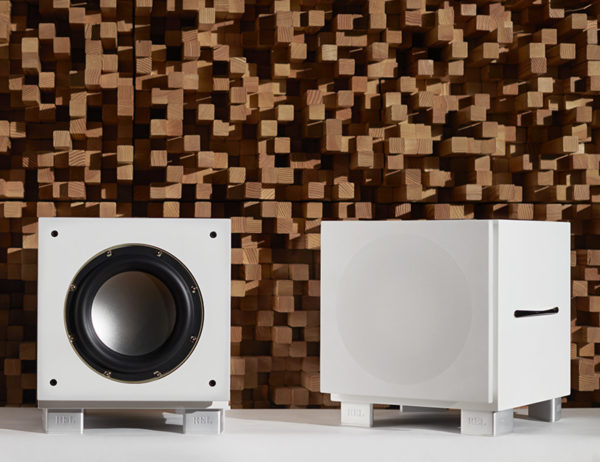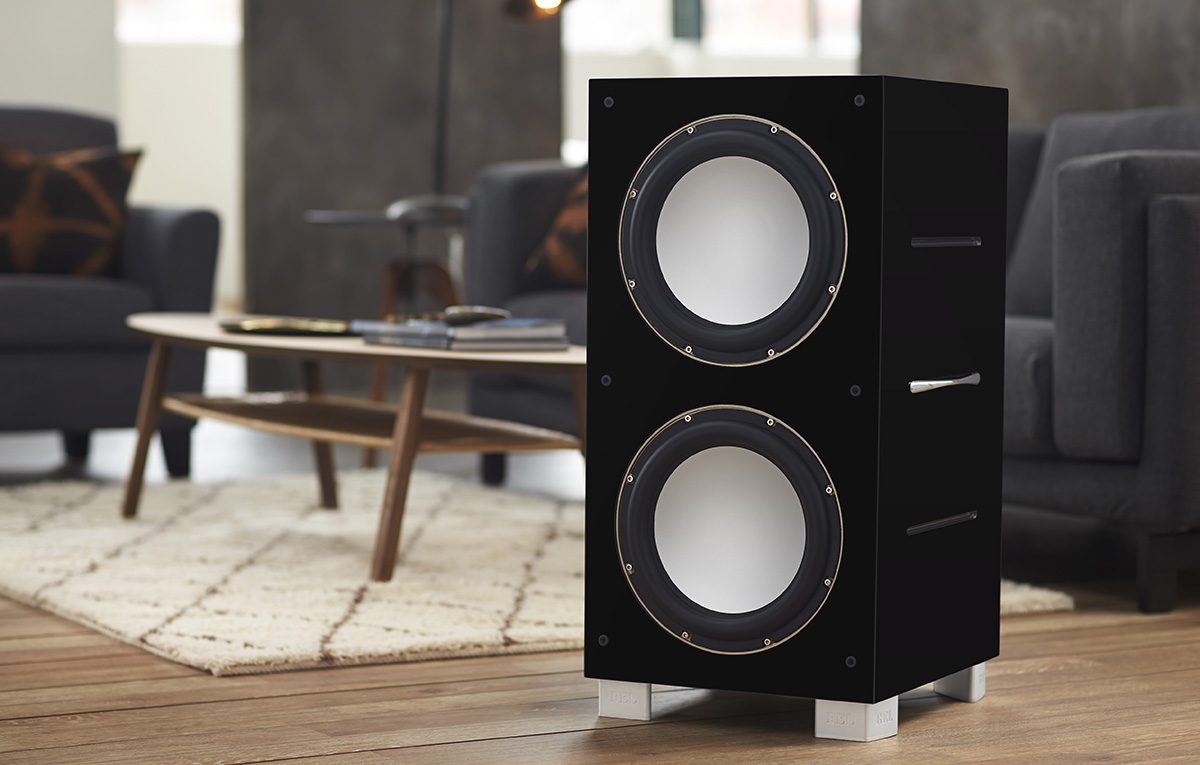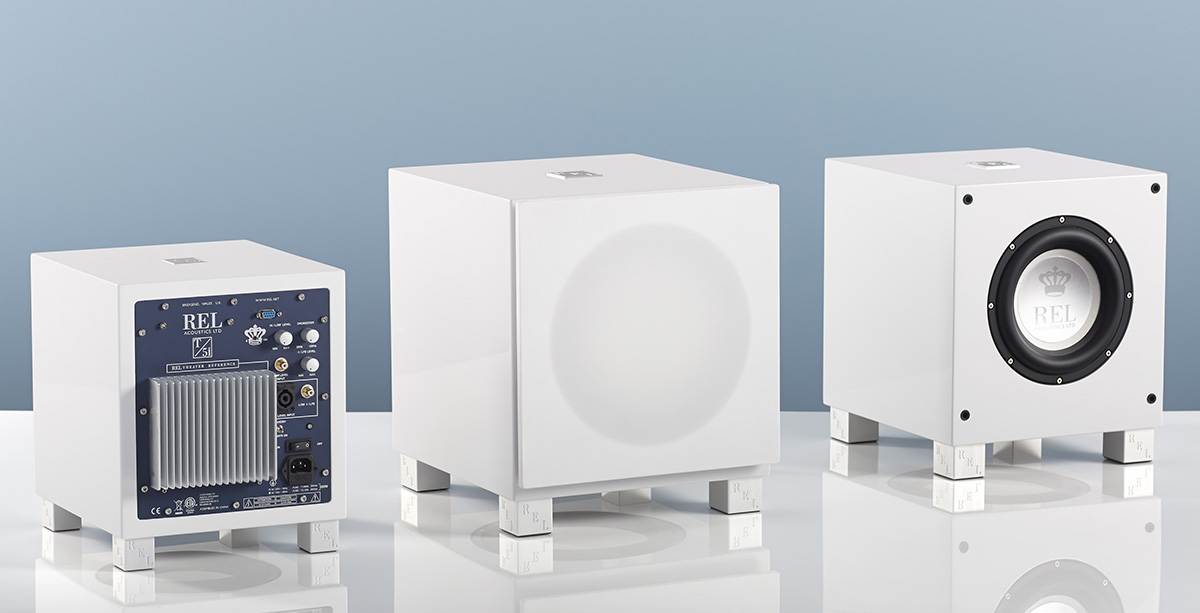Blog
Large vs. Paired Subwoofers: Which Gives the Best Sound Experience?
How to Know When to go for Two
A challenge some customers have is knowing when to go for a single large subwoofer versus two lesser subs in the same performance range. This doesn’t count those that write in, having checked the Subwoofer Finder tool on our website and gone to our Speaker Pairing Guide and discovered that the perfect match for their speakers is a pair of T/5i but write in to ask if they can just substitute a single T/9i model. The answer will be an emphatic “No”.
Note: We only list speakers that are currently popular and we find multiple requests for. Importantly, we only hand out recommendations for those speakers we have extensive hands on experience. When we say, “Use this”, it comes from one (or several) of our most experienced people having set up speaker and REL combinations, often in multiple rooms and so we are speaking from first-hand knowledge. The Speaker Pairing tool is a forensic tool, not marketing hype.
Let’s establish some helpful tools to understand how this works to produce best results for our customers:
Scale:
Scale and dynamics of speaker and room dictate how large a REL model and which range of REL subs are indicated. Larger, higher quality speakers beget larger, higher quality subwoofers in our world. If we call for a Reference model like a G-1 MKII, it means first of all that you’re a lucky individual—we don’t hand out guidance for a Ref subwoofer casually – and it means this speaker needs the size and scale a G-1 MKII can produce and also something else (see #2 below).
Speed:
The speed of your primary speaker (the L-R main speakers in a theater) determines what range of REL we recommend. A big no-no is to learn that a Serie S model (Serie S is above Serie T/i in quality and quantity) is the ideal mate for your speakers. When we guide for this, writing to ask if they should do, say, (2) x T/7i represents a step backward for the owner. Serie S are faster than Serie T/i, if we recommended an S/3 SHO then the only question should be whether your room and system need one or a pair. Please understand that speed translates into not just speed-matching your speaker, but it also has a profound effect on your experience of textures across the entire musical range.
Room Size:
Rooms have a profound effect on system performance, large rooms require larger subs to properly drive them. Nothing affects system performance more than the room, although great subwoofers can go a very long way toward minimizing the thin, lifeless, harsh quality that large, poorly dimensioned rooms evince.
Monoblock Balanced Differential Amps
: These are almost always solid state amps (not tubed designs) and the tiny differences in current on the ground planes of two different amp chassis lead to some unusual artifacts when a single common ground sub is attempted. We simply won’t do it. If you are using a pair of monoblock differential amps, you’ll need stereo pairs, no exceptions.
Let’s look at a real-world example of how this works because it’s simpler than you may think. Our first example is a customer with a pair of the French Focal Sopra 3’s at $20,000/£15,999 using a pair of PS Audio BHK 300 monoblock balanced differential amps. We’ll look at how our recommendations vary in 2 room sizes, medium and large.
Large Room:
First, the underlined term monoblock above means that we will need to use pairs of subs, no matter what range and model of sub is listed (see Item #4 above). Checking the Speaker Pairing tool and, indeed, each room size already calls for stereo pairs due to the speed of this pair of speakers. For a large room, we call these Grand Salons, our guide calls for a pair of 212/SE.

Medium Room:
Checking the room size for a medium room reveals that the recommended sub drops down to a pair of S/5 SHO. Note, we specifically did NOT drop down to a single 212/SE which is the type of question we receive frequently. Why? A 212/SE is a big subwoofer and drives a room very hard, too much so for a medium room. Also, for very fast speakers like the Focal Sopra 3, pairs of REL are indicated-we always work hard to play to the strengths of the system. The speed and detail that the Sopra 3 is capable of demands stereo pairs to obtain the best performance from the entire system. Finally, because the amps used (PS Audio BHK 300) are monoblocks, we would need to specify a pair of RELs in any event.
So, reviewing this scenario of the same speakers being used in two rooms, each using monoblock amps, we guided for scale of speaker and room and arrived at two different models of RELs (212/SE pairs versus S/5 SHO pairs). In both cases, we retained stereo pairs because of the monoblock design of the customer’s amplifiers and the fact that the speaker’s extreme speed dictates this practice for best results. The S/5 SHOs won’t overdrive the medium room, and similarly the 212/SE pair will easily drive the Grand Salon of the lucky person who owns this combination. Note, we did not drop down to, for example, a pair of T/9i subs in the medium because these subs do not match the speed, nor the quality and scale of the Sopra 3 speaker.
Alternate Medium Room:
This time, client is using average speakers (let’s say a B&W 703) and a normal stereo amp. The large room scenario dictates a pair of T/9i but dropping down to a medium room allows us to use a single T/9i. What we did not do in this scenario is a. opt for a single S/3 SHO (too much scale and performance—the T/9i pair is the correct call). Nor did we guide for a pair of T/5i (too small a sub to keep up with the speaker) in the medium room.

Real World Scenario 2a:
Theater application using a good high quality 7.2 receiver from our friends at Yamaha, the model AVENTAGE RX-A1080 and main speakers featuring the lovely KEF LS-50 speakers, with theater performance being the client’s primary priority, music being secondary. The customer is limited on budget but really wants their theater to perform well. Here, we’d actually guide toward our Home Theater-specific range and direct them toward a newer HT/1205 model which connects using basic .1/LFE RCA-RCA connections. This basic setup will drive their medium-sized living room doing night time duty as a home theater very hard and for a modest cost. Settings: set the Yamaha menu to small for speakers and specify a setting as low as the speakers will handle, likely in the 40-60 Hz range.
Real World Scenario 2b:
Same customer and same gear, but with a preference for musical performance with theater being of lesser concern. Here, we would guide the customer to a REL T/7i connected High Level to the receiver’s speaker outputs for Left and Right channel main speakers. We would set the Yamaha to Large (Full Range) in the menu and enjoy solid musical performance from the same gear with the T/7i receiving exactly the same input signal as is being sent to their speakers producing a natural blend between speakers and REL.
In the end, the takeaway is that we at REL work very hard to guide our clients toward solutions that result in perfect blend between main speakers and REL. We guide using the fundamental criteria of scale (how large a sound can the speakers and room deliver?) and speed, with specific knowledge occasionally weighing in such as how a client intends to prioritize their use of their system between theater and music.
At the upper end of the scale, decisions such as the stereo pair of 212/SE make short work of any format so it makes the job easy. But as the room size and/or budget descends, our approach continues to deliver performance optimization designed to deliver the best experience based on extensive field-based knowledge that we share openly with our clients and dealers.
A final note, if you don’t see your exact speakers listed, please drop us an email at contactus@rel.net and let us know what speakers you are using, what amplifier or receiver you are using and your room dimensions and we’ll get you a targeted recommendation for your application.











